Bed bugs are small, parasitic insects that feed on human blood. They are commonly found in mattresses, as they are attracted to the warmth and carbon dioxide that we emit while sleeping. But do these pesky bugs ever leave the mattress? The answer is yes, bed bugs can leave the mattress and infest other areas of your home. While they may prefer to hide in the cracks and crevices of your mattress, they are not limited to this one location.Do Bed Bugs Leave the Mattress?
If you suspect that your mattress is infested with bed bugs, it's important to take immediate action to get rid of them. Here are some steps you can take to eliminate bed bugs from your mattress: 1. Identify the Problem The first step to getting rid of bed bugs in your mattress is to confirm that they are present. Look for small, reddish-brown bugs and their eggs in the seams and folds of your mattress. You may also notice dark spots on your sheets or mattress, which are bed bug droppings. 2. Wash and Dry Your Bedding Remove all bedding, including sheets, pillowcases, and mattress covers, and wash them in hot water. Then, dry them on the highest heat setting for at least 30 minutes. This will kill any bed bugs or eggs that may be present. 3. Vacuum Your Mattress Use a vacuum with a hose attachment to thoroughly vacuum your entire mattress. Pay special attention to the seams, folds, and tufts, as these are common hiding spots for bed bugs. 4. Use a Mattress Encasement To prevent any remaining bed bugs from escaping and re-infesting your mattress, cover it with a mattress encasement. This is a specially designed cover that encases the entire mattress and prevents bed bugs from entering or leaving. 5. Consider Professional Treatment If your bed bug infestation is severe, you may need to seek professional treatment. A pest control expert can use specialized methods and products to eliminate bed bugs from your mattress and other areas of your home.How to Get Rid of Bed Bugs in Your Mattress
Aside from actually seeing the bugs, there are some other signs that your mattress may be infested with bed bugs: 1. Itchy Bites Bed bugs feed on human blood, so you may notice itchy, red bites on your body, especially in areas that are exposed while sleeping. 2. Dark Spots on Sheets or Mattress As mentioned earlier, bed bugs leave behind dark spots of fecal matter on your sheets or mattress. 3. An Unpleasant Odor In severe infestations, bed bugs may emit a musty smell. If you notice a strange odor in your bedroom, it could be a sign of bed bugs.Signs of Bed Bugs in Your Mattress
While mattresses are a common hiding spot for bed bugs, they can also be found in other areas of your home, such as: 1. Furniture Bed bugs can hide in upholstered furniture, such as couches and chairs, as well as in wooden furniture. 2. Clothing Bed bugs can attach themselves to clothing and travel to different areas of your home. 3. Electrical Outlets Believe it or not, bed bugs can squeeze into tiny spaces, including electrical outlets, and make their way to other rooms.Can Bed Bugs Live Outside of the Mattress?
Prevention is key when it comes to bed bugs. Here are some tips to help prevent these unwanted pests from infesting your mattress: 1. Inspect Secondhand Furniture If you're thinking of purchasing secondhand furniture, thoroughly inspect it for signs of bed bugs before bringing it into your home. 2. Use a Bed Bug Mattress Protector A bed bug mattress protector can help prevent bed bugs from entering or escaping your mattress. 3. Keep Your Bedroom Clutter-Free Bed bugs love to hide in clutter, so keep your bedroom tidy and free of unnecessary items. 4. Check Your Luggage When returning from a trip, check your luggage and clothing for any hitchhiking bed bugs.How to Prevent Bed Bugs from Infesting Your Mattress
If you do discover bed bugs in your mattress, don't panic. Follow the steps outlined above to get rid of them and prevent future infestations. It's important to act quickly and thoroughly to eliminate bed bugs from your home.What to Do if You Find Bed Bugs in Your Mattress
Identifying bed bugs can be tricky, as they are small and good at hiding. However, there are a few key features that can help you identify them: 1. Size and Shape Adult bed bugs are about the size and shape of an apple seed, while nymphs (young bed bugs) are smaller and lighter in color. 2. Color Bed bugs are typically reddish-brown in color, but they may also appear more reddish after feeding on blood. 3. Bed Bug Eggs Bed bug eggs are tiny and white, and are often found in clusters.How to Identify Bed Bugs in Your Mattress
While mattresses are a common hiding spot for bed bugs, they can also be found in other areas of your home, as mentioned earlier. Bed bugs can live in any crack or crevice, so it's important to thoroughly inspect and treat all areas of your home if you suspect an infestation.Do Bed Bugs Only Live in Mattresses?
There are several methods for treating a mattress for bed bugs, including: 1. Vacuuming As mentioned earlier, vacuuming your mattress can help remove bed bugs and their eggs. 2. Steam Cleaning Using a steam cleaner on your mattress can kill bed bugs and their eggs with high heat. 3. Diatomaceous Earth This natural powder can be sprinkled on your mattress and left for a few days to kill bed bugs. 4. Professional Treatment If you're dealing with a severe infestation, it may be best to seek professional help to treat your mattress and other areas of your home.How to Treat a Mattress for Bed Bugs
Bed bugs can survive for several months without feeding, so it is possible for them to survive in a mattress. However, they do prefer to feed every 5-10 days, so if you take steps to eliminate them and prevent future infestations, they should not be able to survive in your mattress for long.Can Bed Bugs Survive in a Mattress?
Do Small Bed Bug Groups Leave the Mattress?
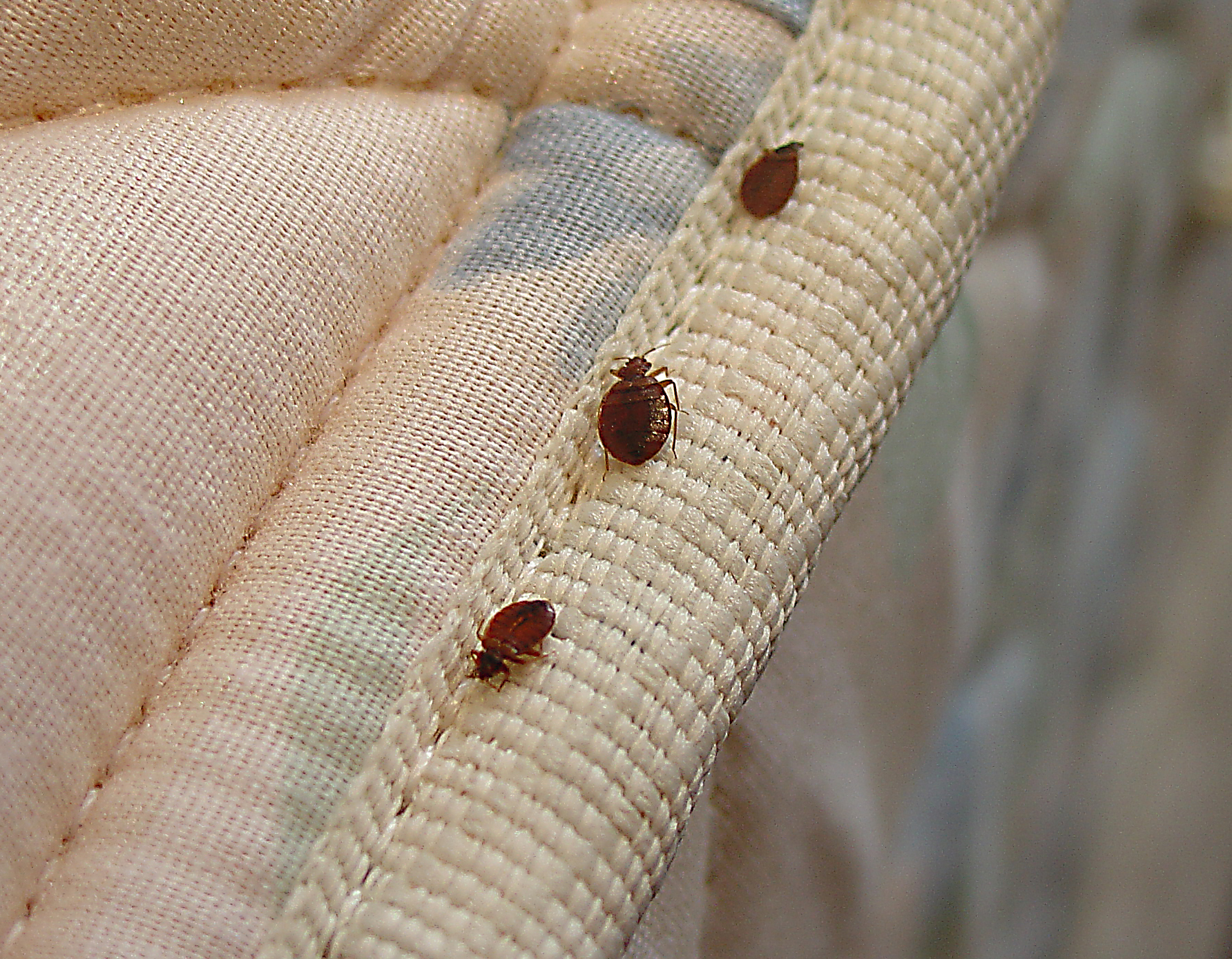
The Behavior of Bed Bugs
 When it comes to bed bugs, there are many misconceptions about their behavior and habits. Some people believe that these pests only reside in dirty or cluttered homes, while others think they only come out at night. But one question that many people wonder about is whether small bed bug groups leave the mattress. The answer is not a simple yes or no, as the behavior of bed bugs can vary depending on the circumstances.
When it comes to bed bugs, there are many misconceptions about their behavior and habits. Some people believe that these pests only reside in dirty or cluttered homes, while others think they only come out at night. But one question that many people wonder about is whether small bed bug groups leave the mattress. The answer is not a simple yes or no, as the behavior of bed bugs can vary depending on the circumstances.
Why Do Bed Bugs Stay in the Mattress?
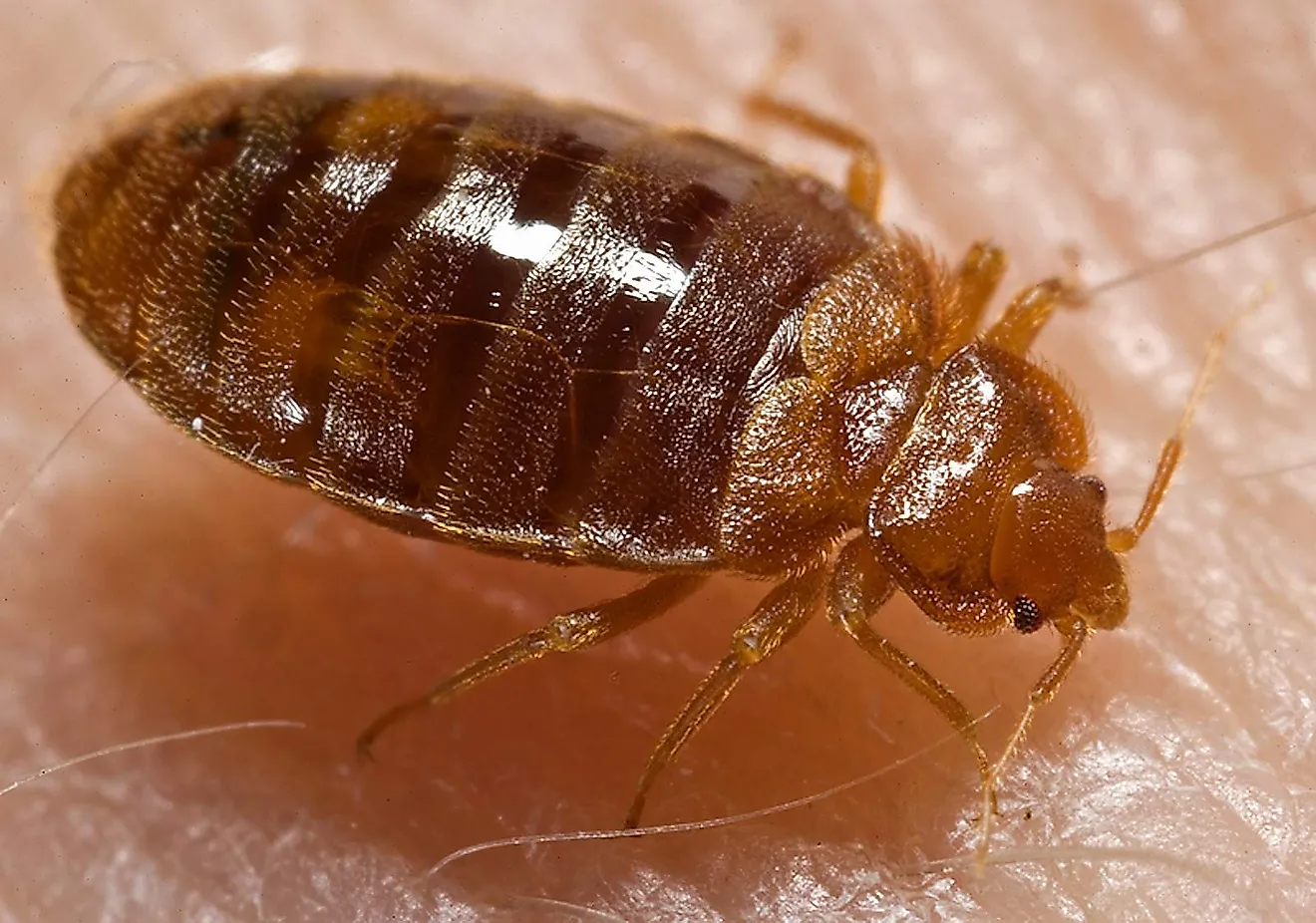 Bed bugs are small, oval-shaped insects that feed on blood. They are attracted to warmth and carbon dioxide, which is why they typically reside in mattresses. The folds and seams of a mattress provide the perfect hiding spot for these pests, allowing them to stay close to their food source – humans. In addition, bed bugs are nocturnal creatures, meaning they are most active at night when their hosts are sleeping and unaware of their presence.
Bed bugs are small, oval-shaped insects that feed on blood. They are attracted to warmth and carbon dioxide, which is why they typically reside in mattresses. The folds and seams of a mattress provide the perfect hiding spot for these pests, allowing them to stay close to their food source – humans. In addition, bed bugs are nocturnal creatures, meaning they are most active at night when their hosts are sleeping and unaware of their presence.
When Do Bed Bugs Leave the Mattress?
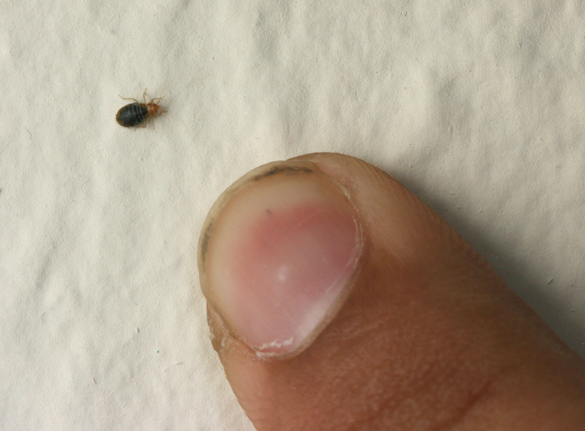 While bed bugs do tend to stay in the mattress, that doesn't mean they never leave. In fact, small bed bug groups have been known to venture out to other areas of the home in search of new hiding spots or sources of food. This usually occurs when the infestation becomes severe or when there is a lack of available hosts in the immediate area. Bed bugs are also known to move to adjacent rooms or apartments through cracks and crevices, making it important to address an infestation promptly and thoroughly.
So, Do Small Bed Bug Groups Leave the Mattress?
In short, the answer is yes, but they may not leave as often as you think. Bed bugs prefer to stay close to their food source and will only leave the mattress if necessary. However, it's important to note that bed bugs are resilient pests and can survive for long periods without feeding. This means they can still cause an infestation even if they don't leave the mattress frequently.
The Importance of Proper Bed Bug Control
If you suspect you have a bed bug infestation, it's crucial to take action immediately. These pests can multiply quickly and are notoriously difficult to get rid of. It's best to seek professional help from a reputable pest control company that specializes in bed bug extermination. They have the knowledge, tools, and techniques to effectively eliminate bed bugs from your home and prevent future infestations.
In conclusion, while small bed bug groups may leave the mattress from time to time, it's not a common occurrence. These pests prefer to stay close to their hosts and will only venture out when necessary. If you're dealing with a bed bug infestation, it's important to act fast and seek professional help to effectively eradicate these pesky pests. Don't let bed bugs take over your home – take action and eliminate them for good.
While bed bugs do tend to stay in the mattress, that doesn't mean they never leave. In fact, small bed bug groups have been known to venture out to other areas of the home in search of new hiding spots or sources of food. This usually occurs when the infestation becomes severe or when there is a lack of available hosts in the immediate area. Bed bugs are also known to move to adjacent rooms or apartments through cracks and crevices, making it important to address an infestation promptly and thoroughly.
So, Do Small Bed Bug Groups Leave the Mattress?
In short, the answer is yes, but they may not leave as often as you think. Bed bugs prefer to stay close to their food source and will only leave the mattress if necessary. However, it's important to note that bed bugs are resilient pests and can survive for long periods without feeding. This means they can still cause an infestation even if they don't leave the mattress frequently.
The Importance of Proper Bed Bug Control
If you suspect you have a bed bug infestation, it's crucial to take action immediately. These pests can multiply quickly and are notoriously difficult to get rid of. It's best to seek professional help from a reputable pest control company that specializes in bed bug extermination. They have the knowledge, tools, and techniques to effectively eliminate bed bugs from your home and prevent future infestations.
In conclusion, while small bed bug groups may leave the mattress from time to time, it's not a common occurrence. These pests prefer to stay close to their hosts and will only venture out when necessary. If you're dealing with a bed bug infestation, it's important to act fast and seek professional help to effectively eradicate these pesky pests. Don't let bed bugs take over your home – take action and eliminate them for good.





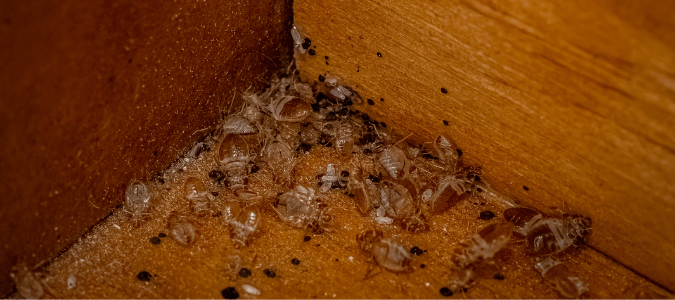
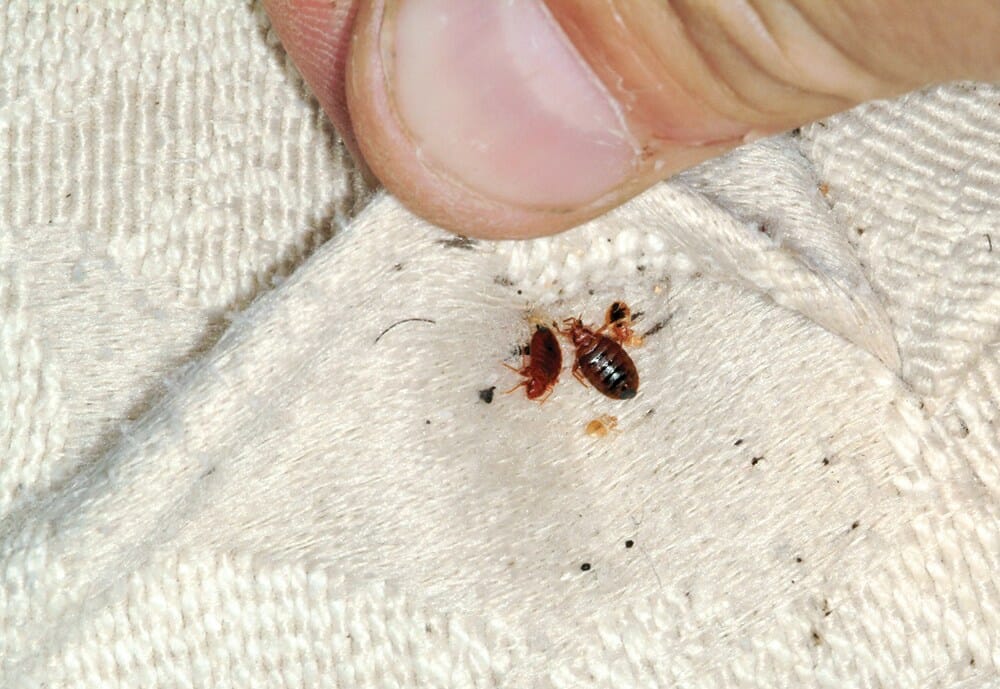


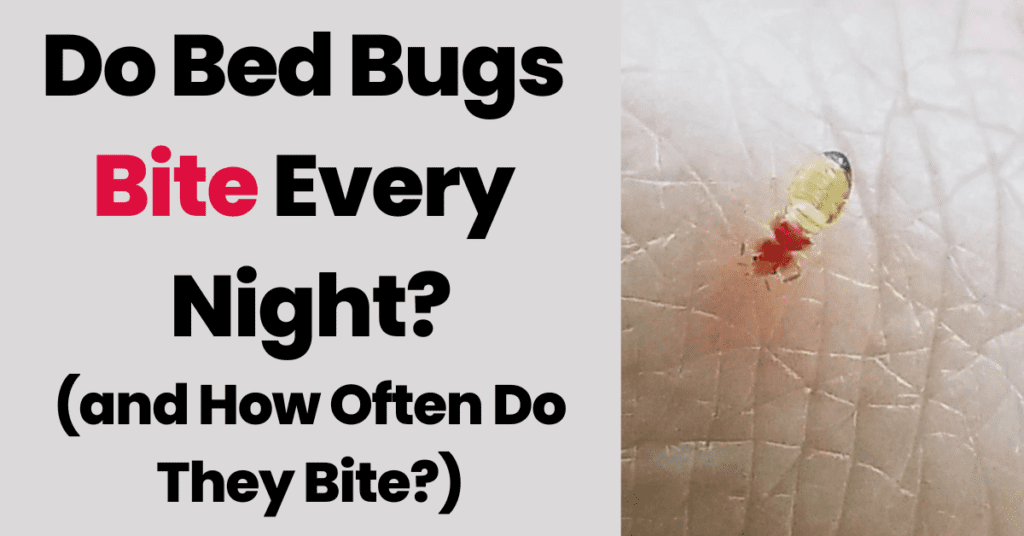







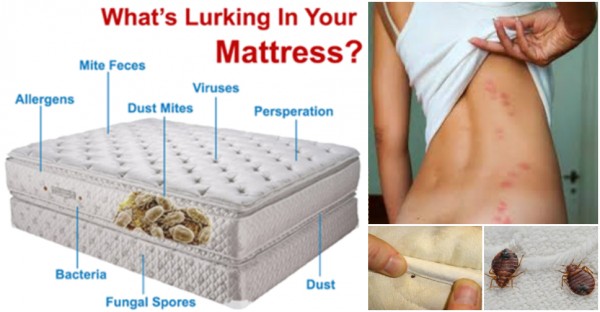

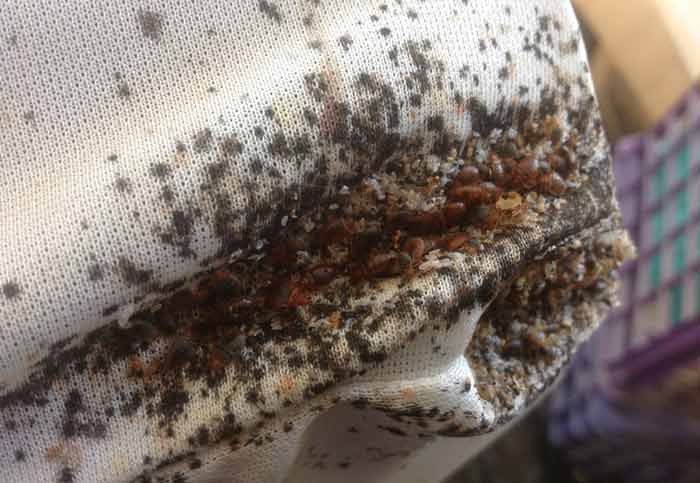
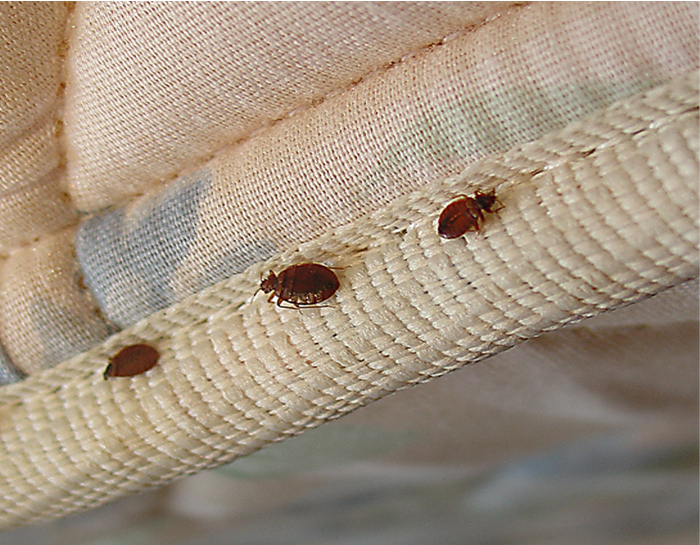







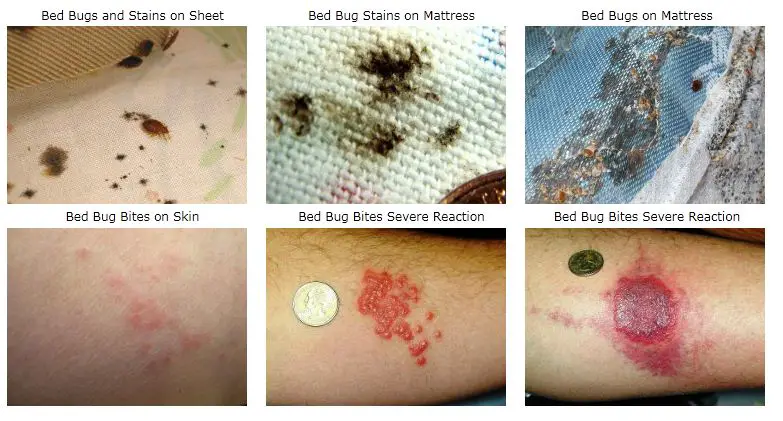
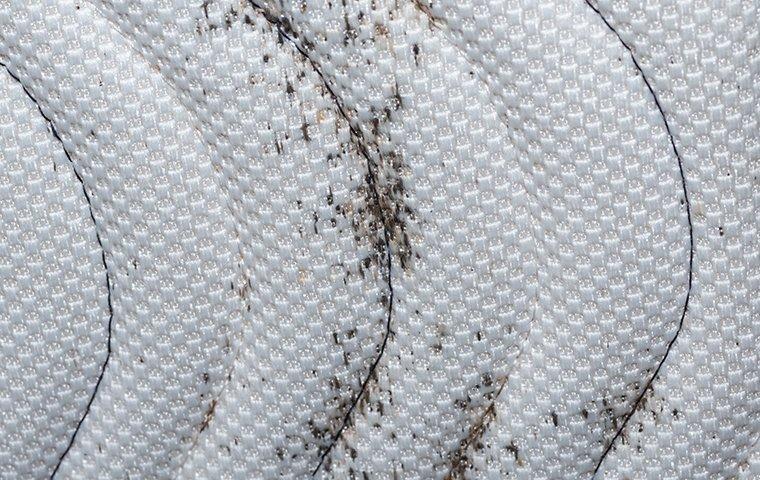




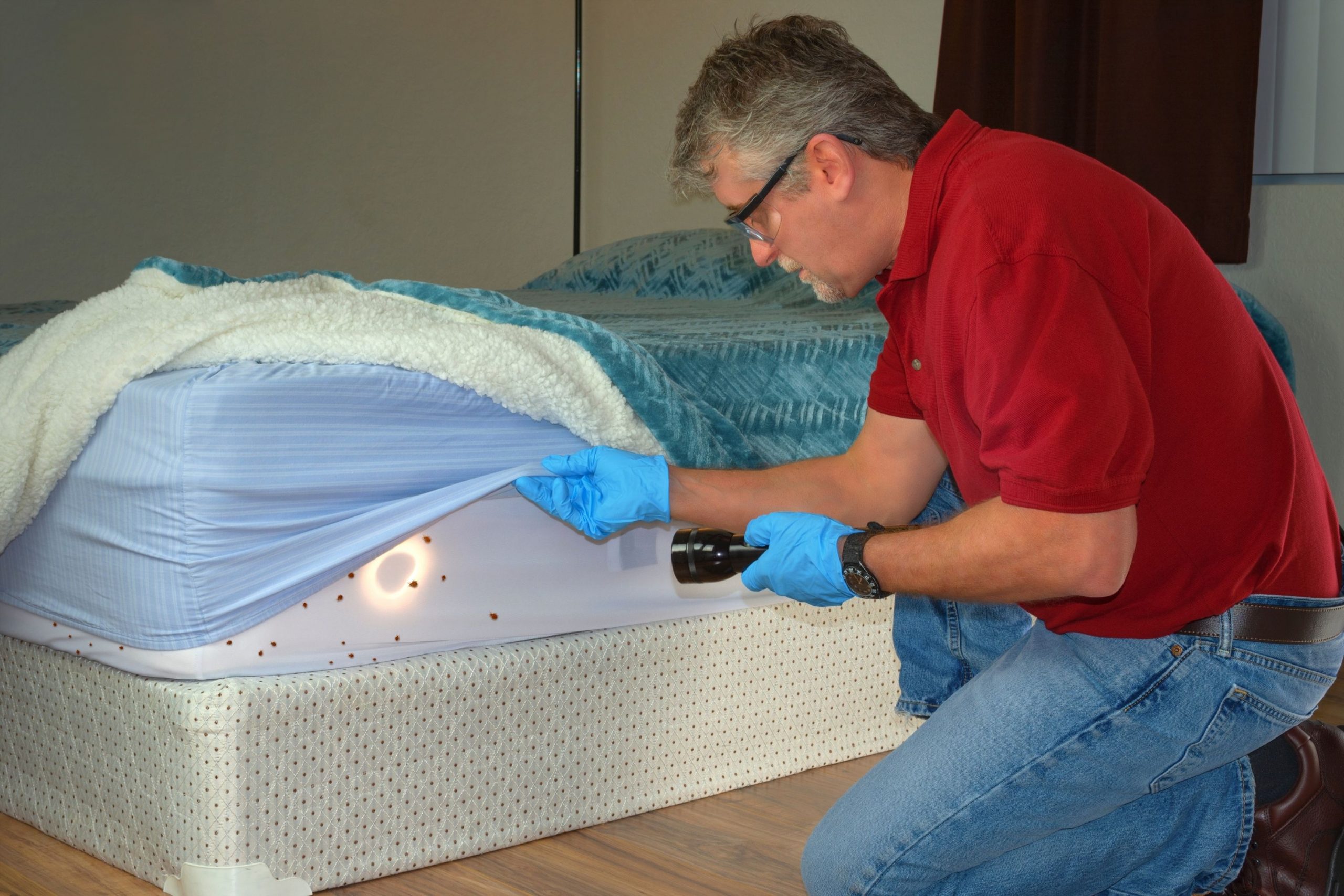
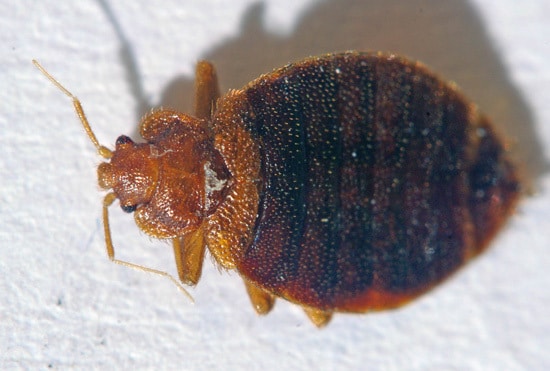
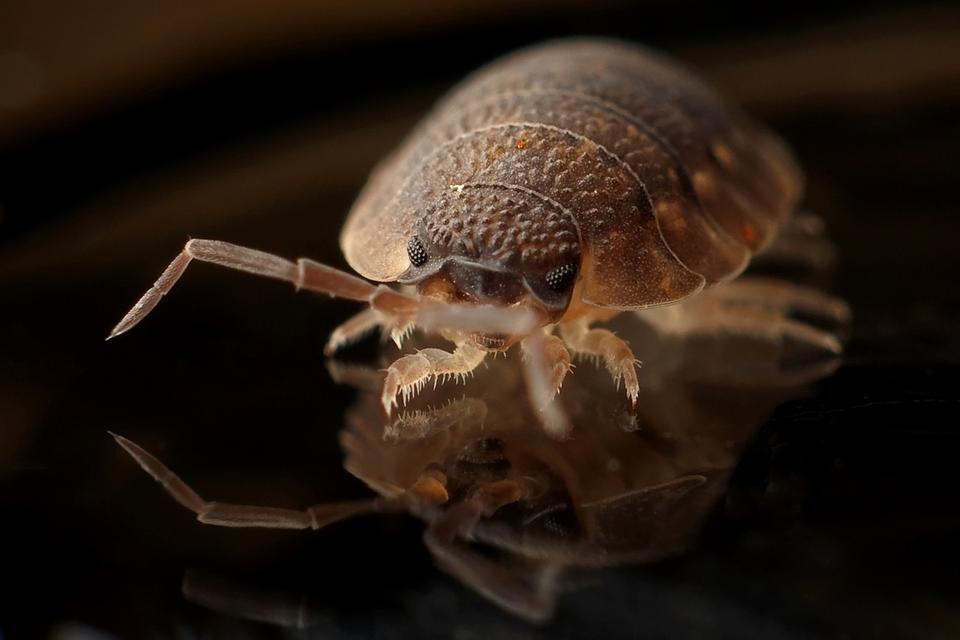
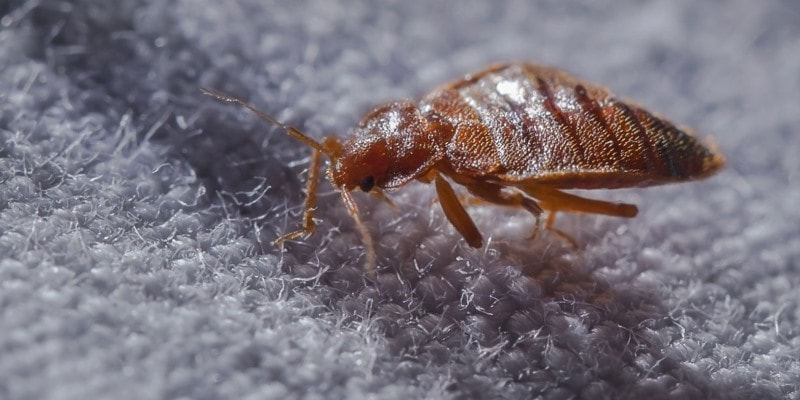
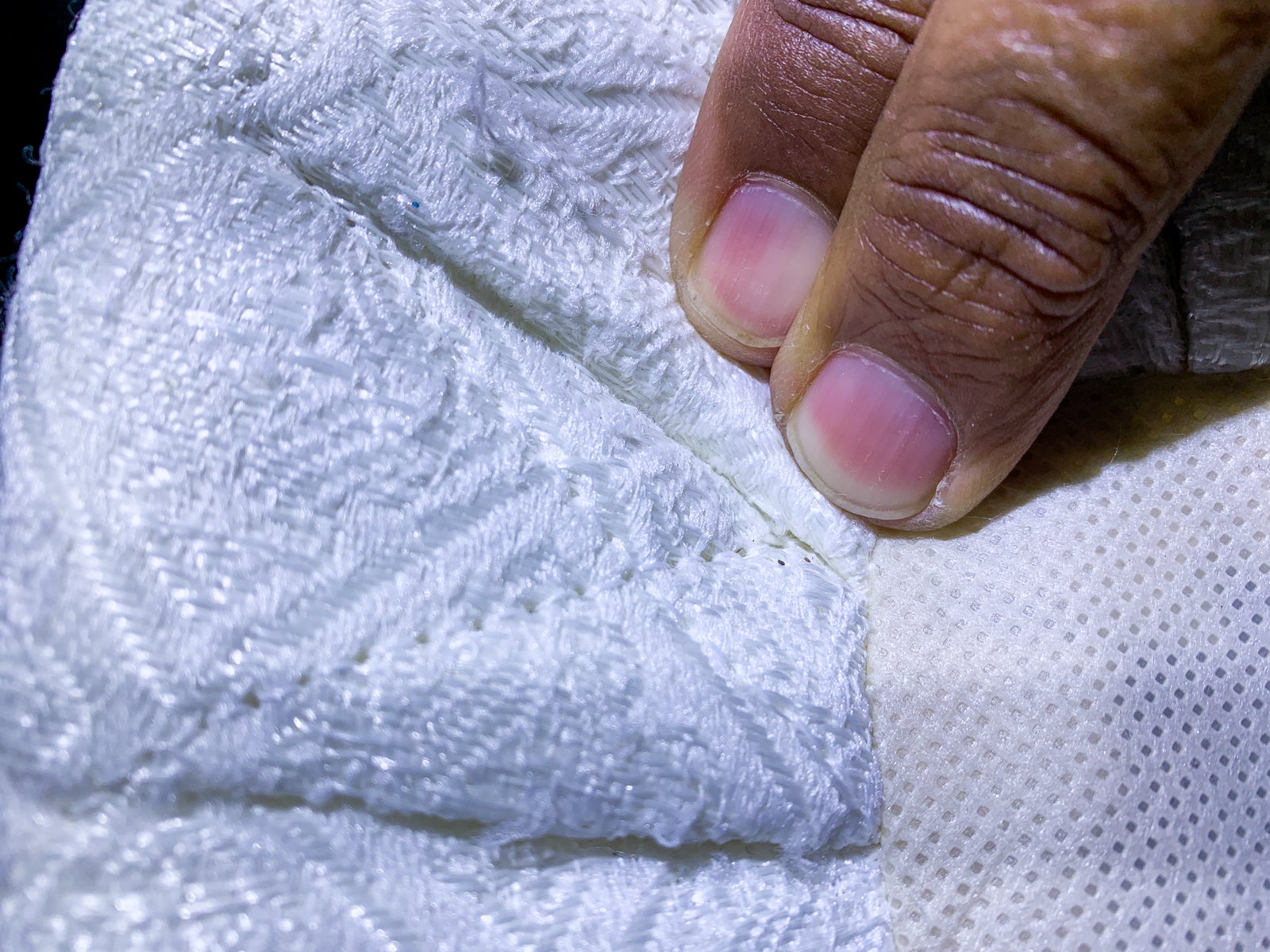








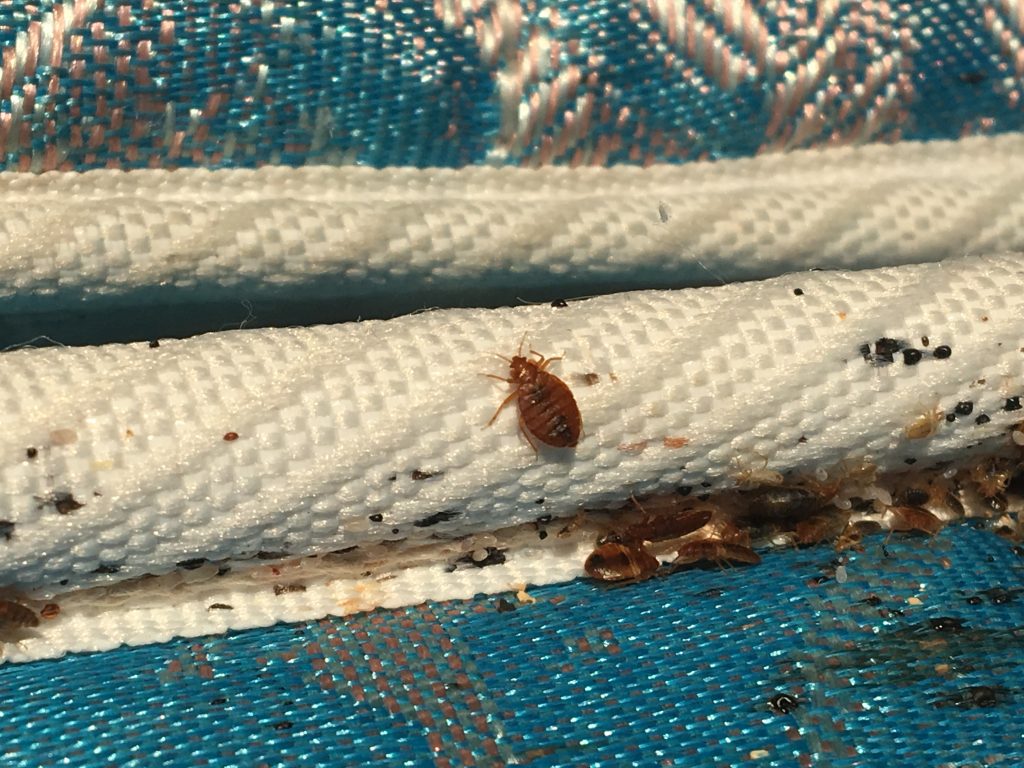





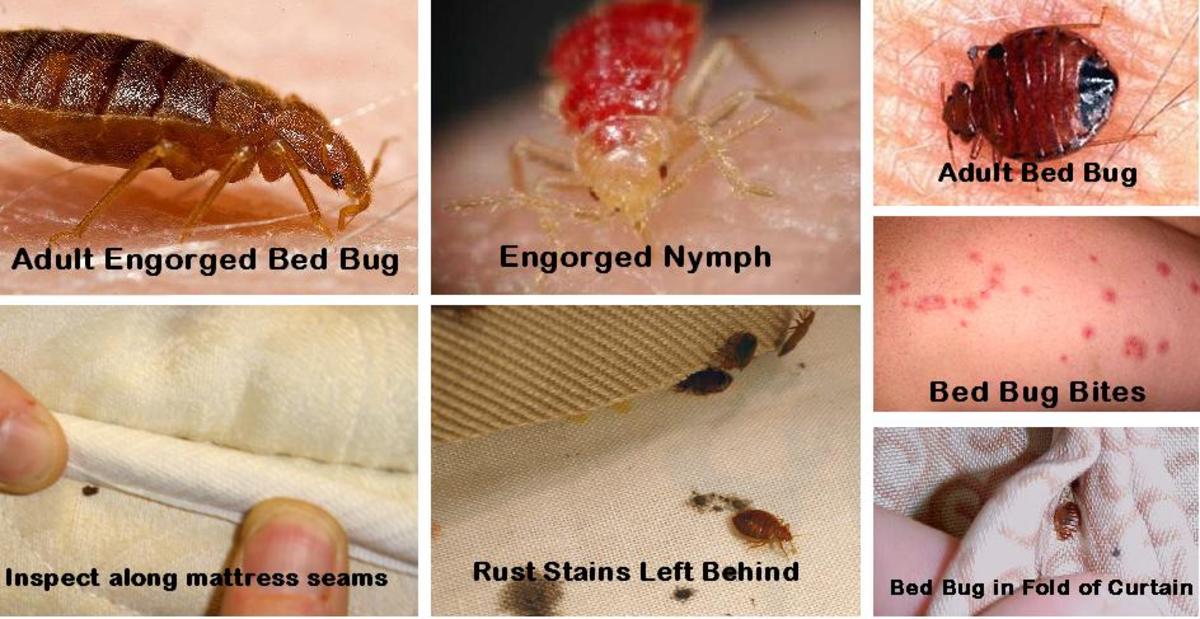

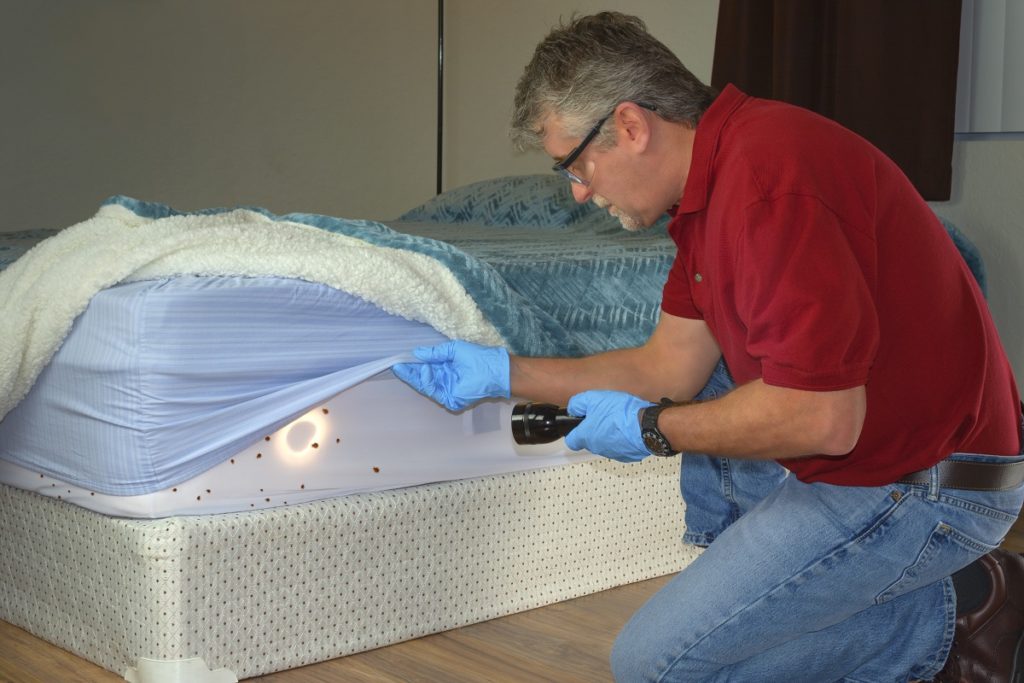
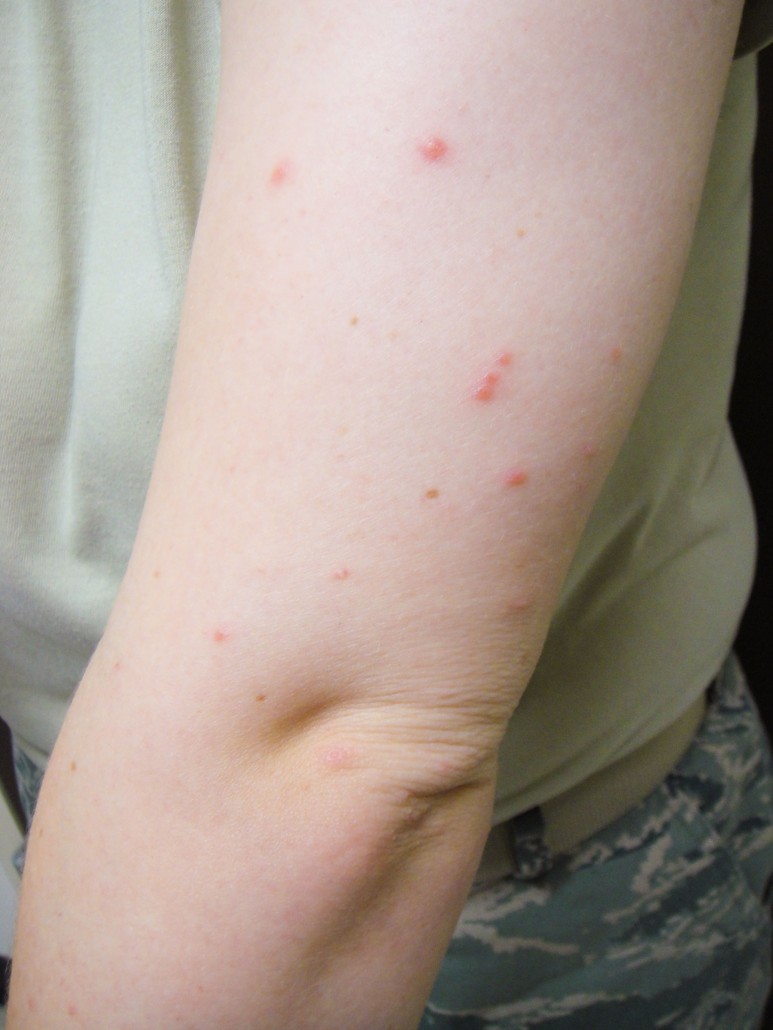
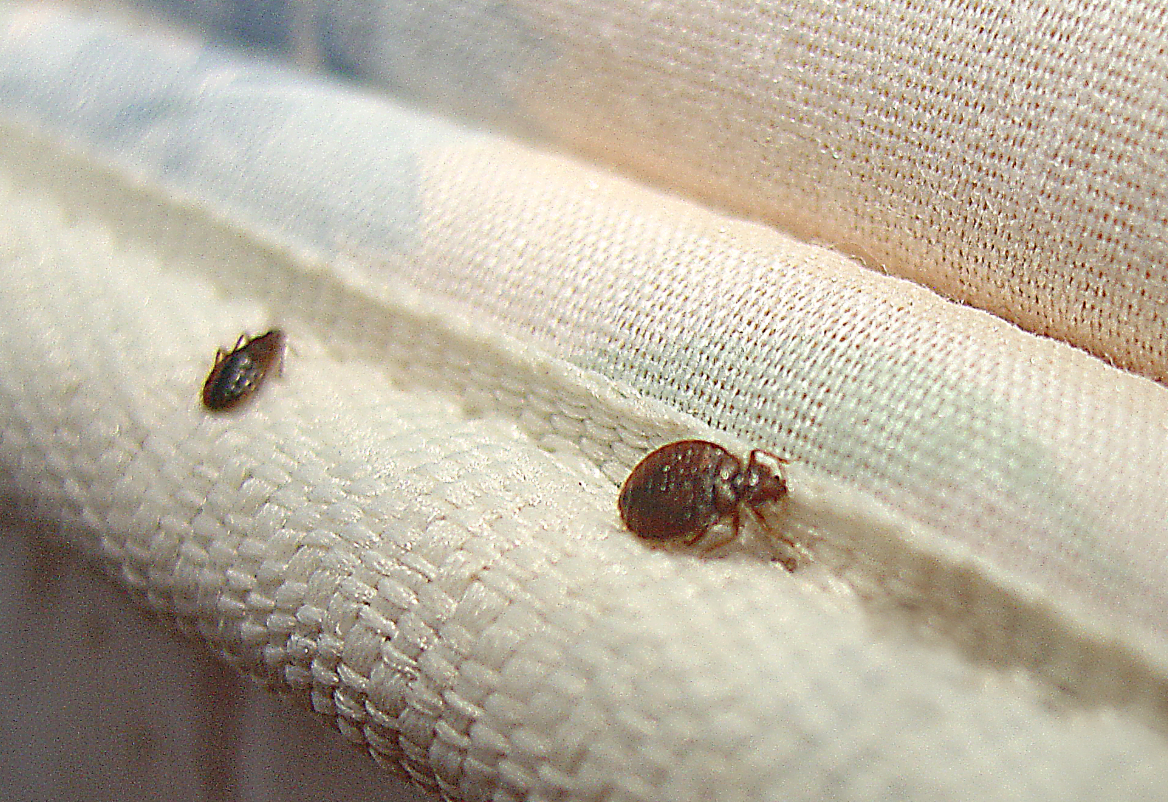

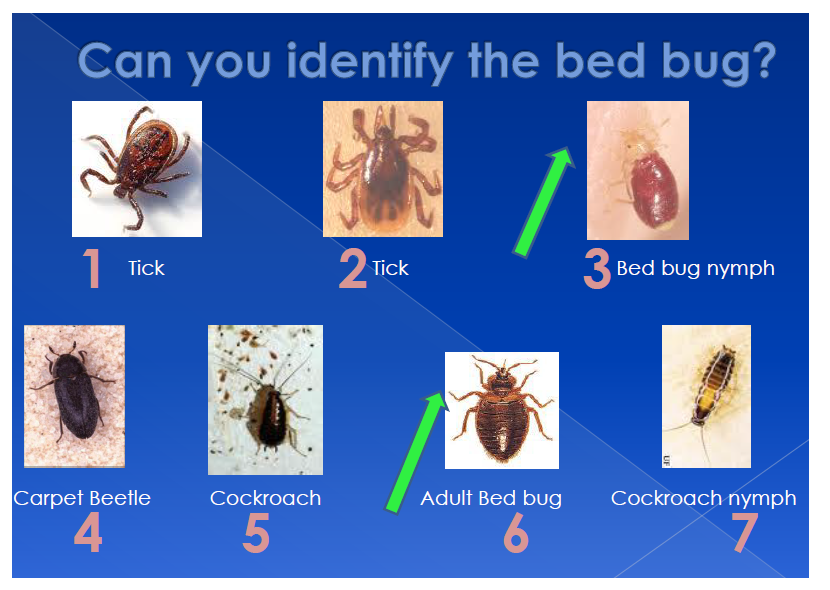


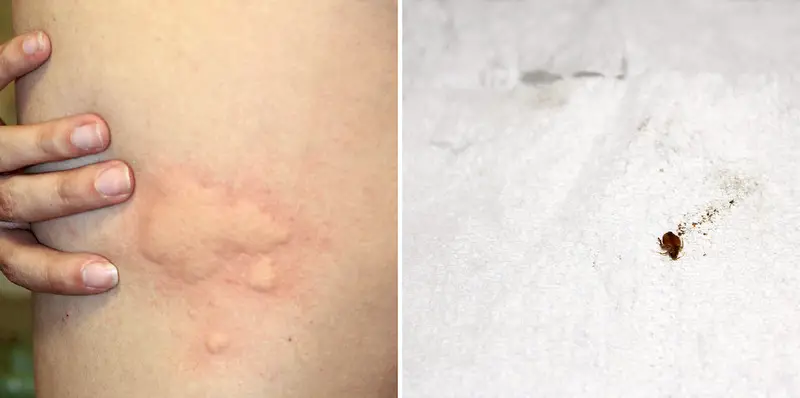
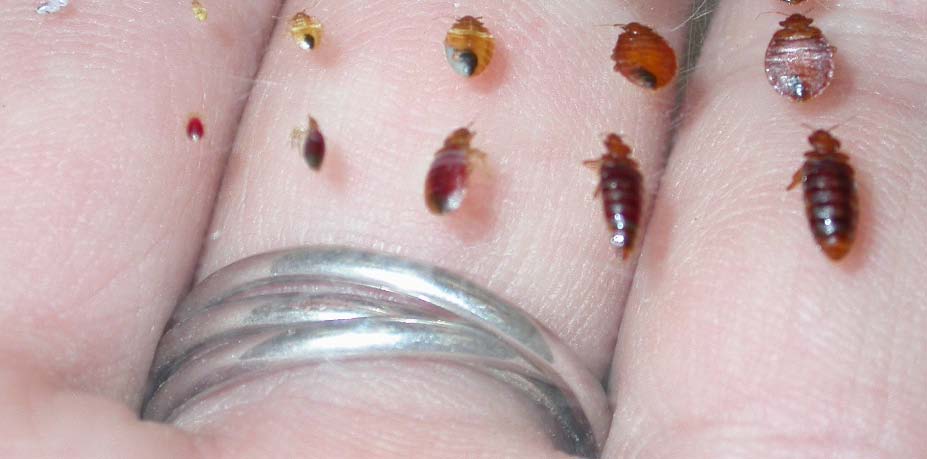
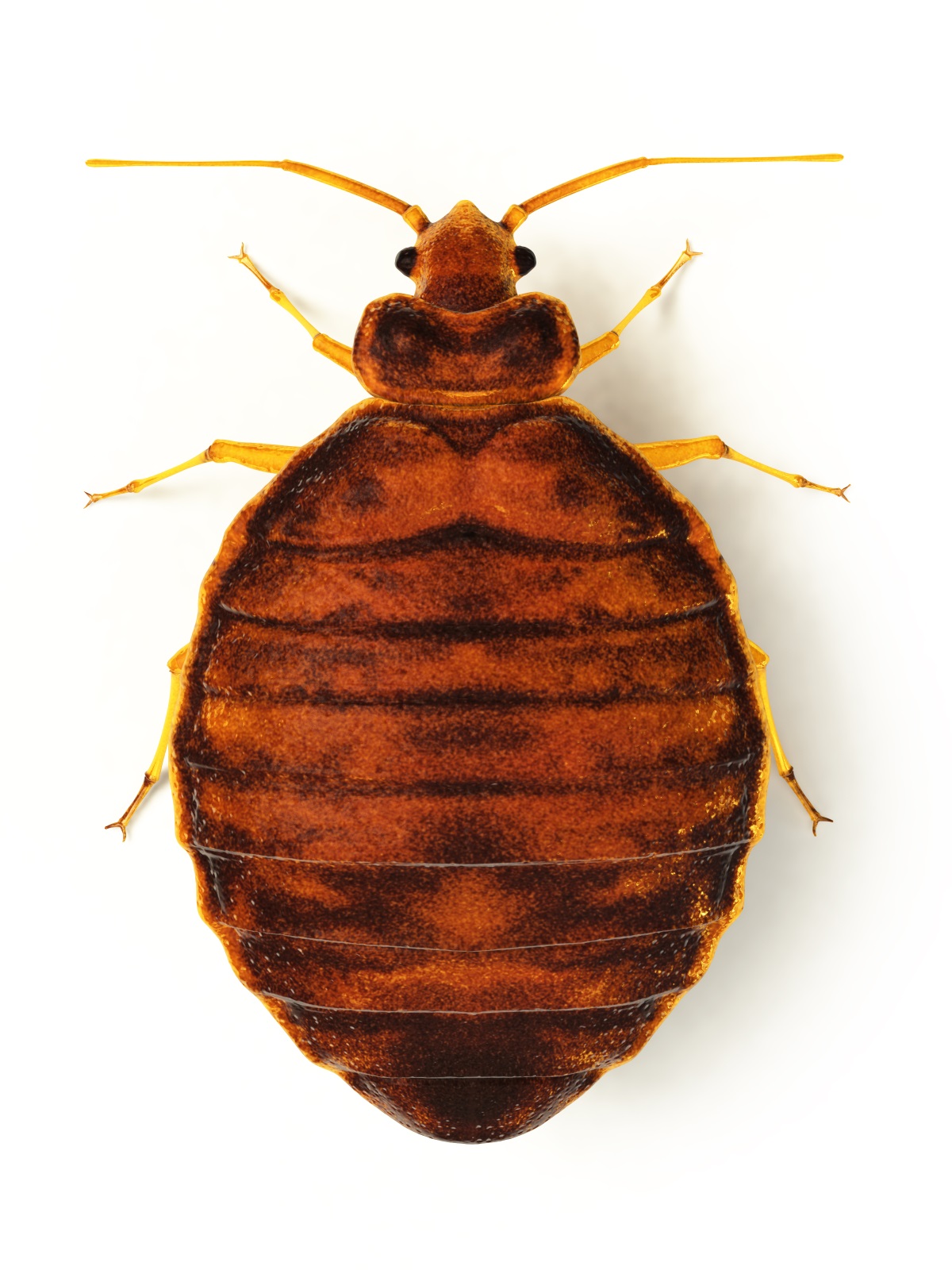





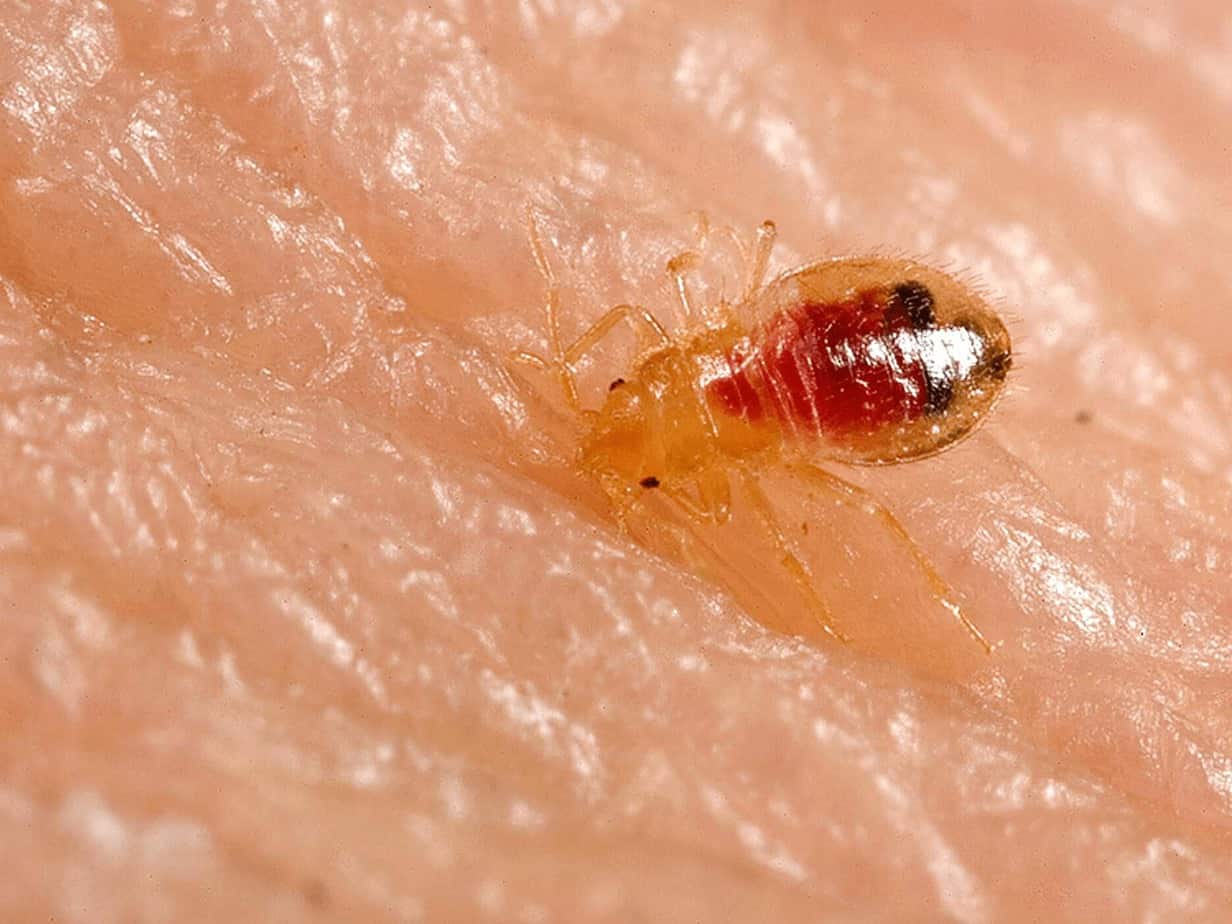
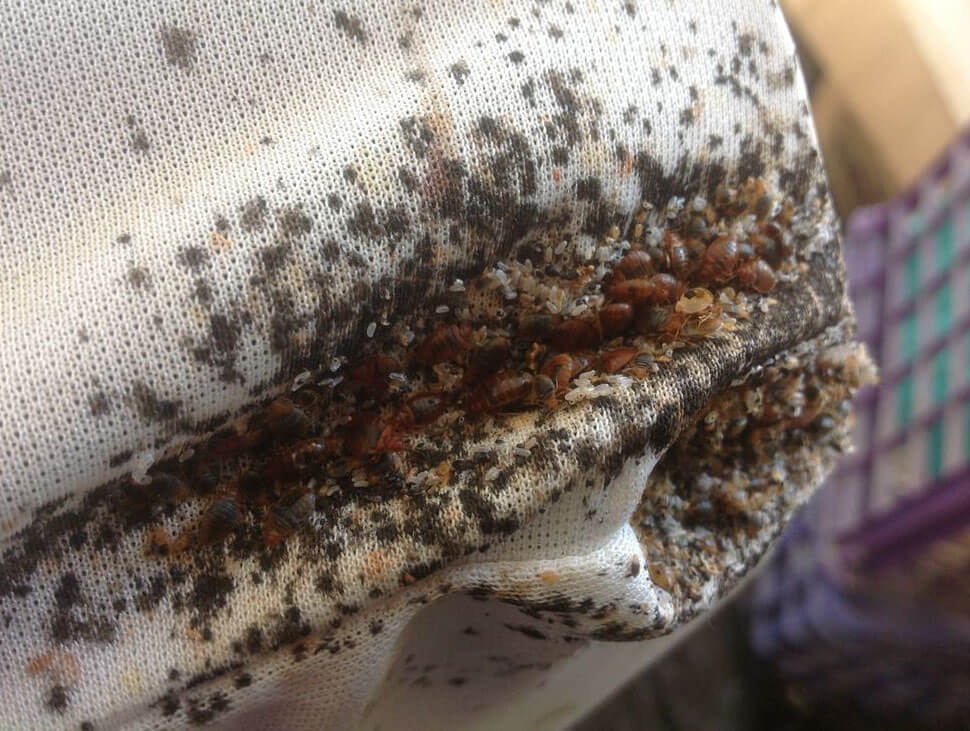





:max_bytes(150000):strip_icc()/bed-bug-bites-overview-2633482_v2-f8bfc57491af4e7a93307ec27a0d9652.png)

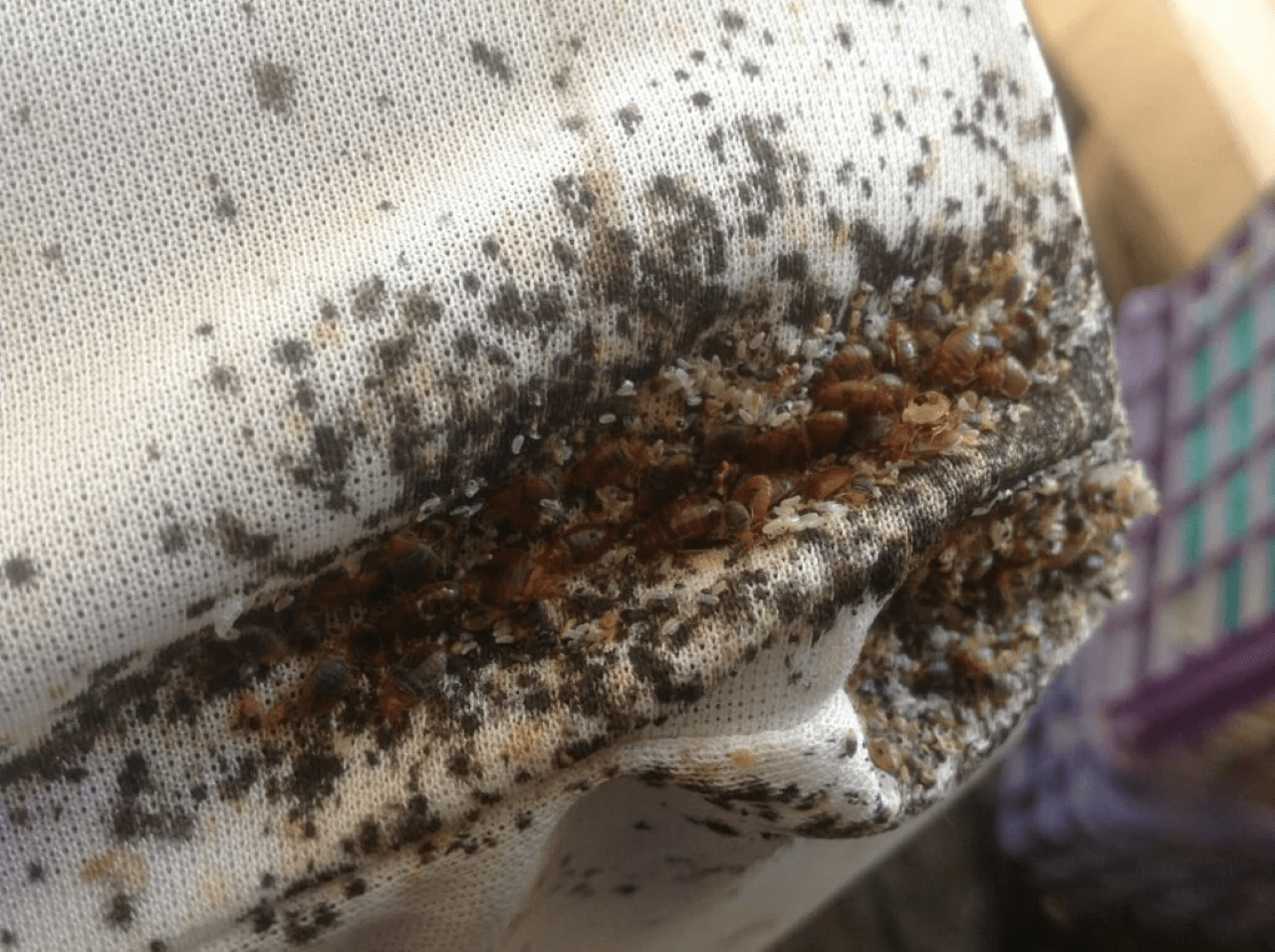



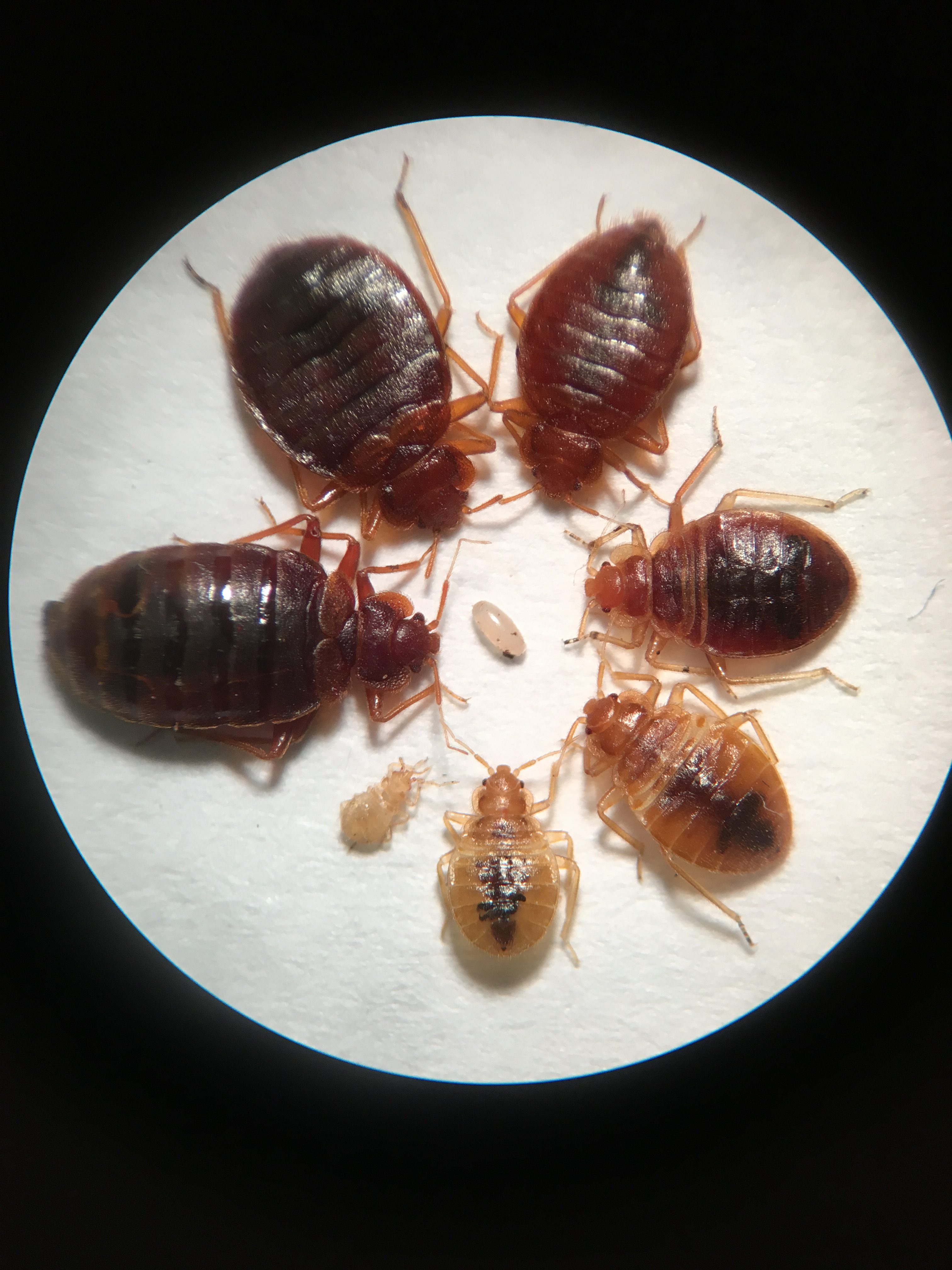
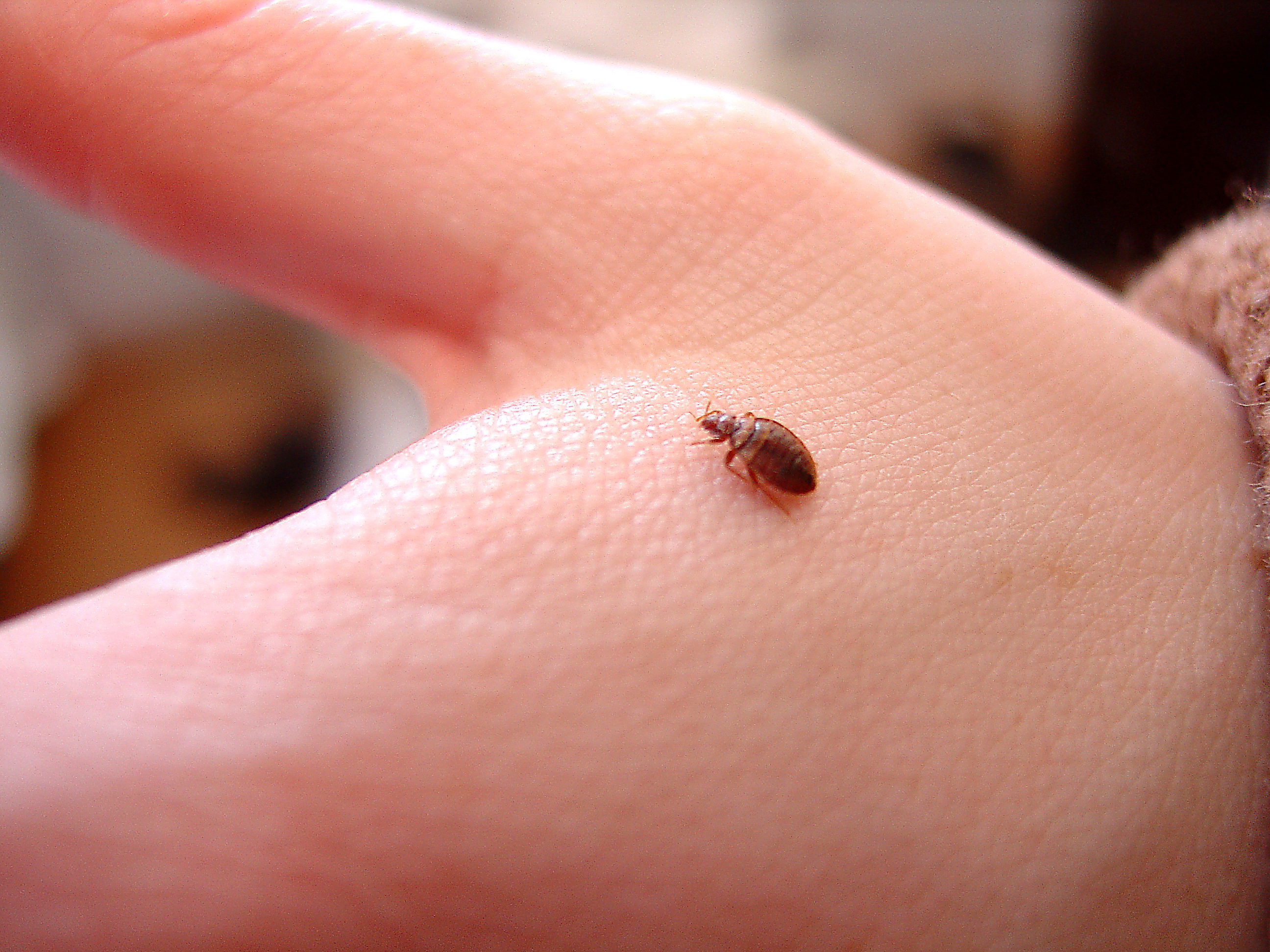




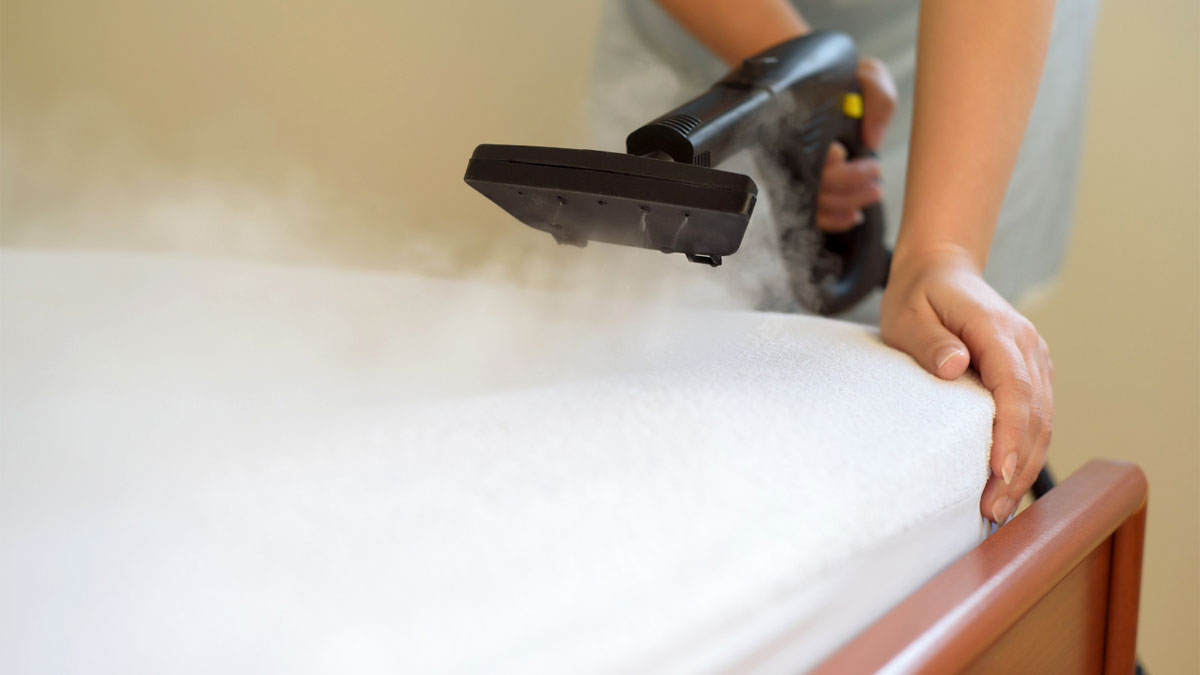





/Contemporary-black-and-gray-living-room-58a0a1885f9b58819cd45019.png)

